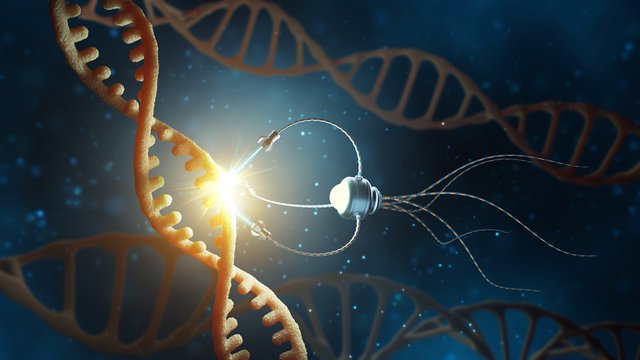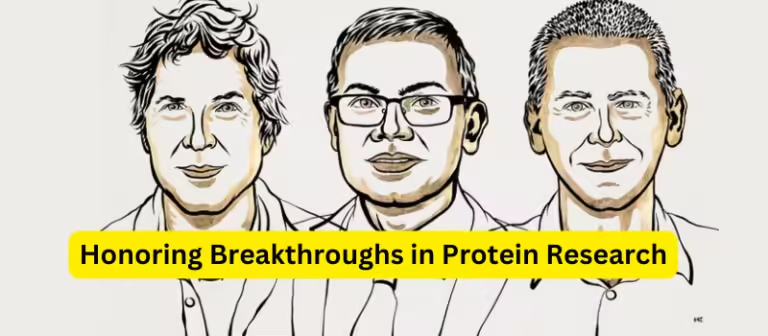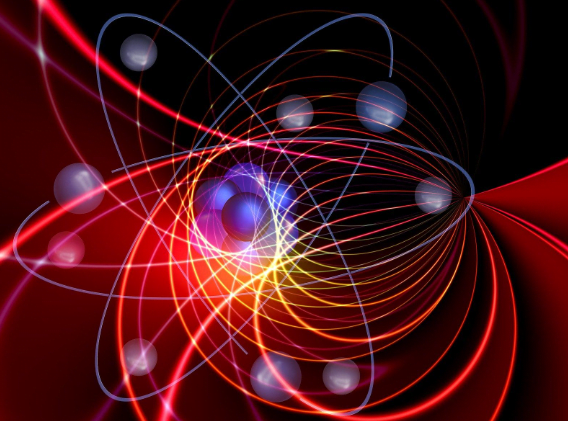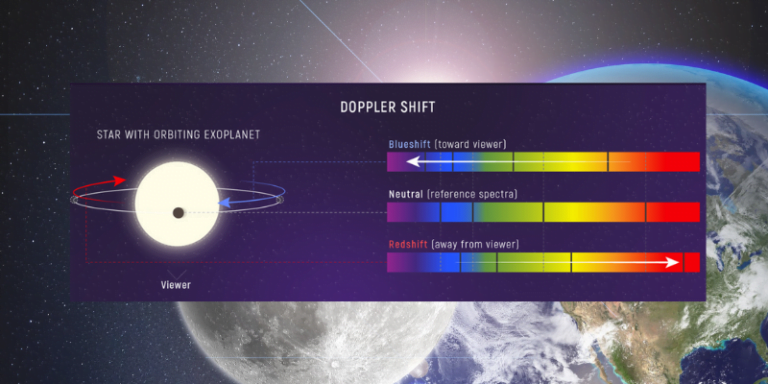Welcome to the wondrous world of nanotechnology, where science meets innovation on the smallest of scales! In this comprehensive blog, we’ll embark on a fascinating exploration of nanotechnology, uncovering its principles, applications, and the incredible potential it holds for shaping the future.

Understanding Nanotechnology
Nanotechnology deals with structures and materials at the nanoscale, typically ranging from 1 to 100 nanometers. To put that into perspective, a nanometer is one billionth of a meter – that’s incredibly tiny! At this scale, matter behaves differently, leading to unique properties and behaviors that can be harnessed for various purposes.
Principles of Nanotechnology
Size Matters: At the nanoscale, materials exhibit novel properties due to their small size. For instance, nanoparticles may have different colors, chemical reactivity, or electrical conductivity compared to their bulk counterparts.
Surface Area to Volume Ratio: Nanoscale materials have a high surface area to volume ratio, which makes them extremely reactive and useful for applications like catalysis and sensing.
Self-Assembly: Nanotechnology often leverages the ability of certain molecules and nanoparticles to self-assemble into organized structures. This self-assembly process is crucial for creating nanomaterials with specific properties and functions.
Quantum Effects: Quantum mechanics plays a significant role in nanotechnology, especially at the nanoscale. Quantum effects can influence the behavior of electrons and other particles, leading to phenomena like quantum confinement and tunneling.
Applications of Nanotechnology
Medicine and Healthcare: Nanotechnology has revolutionized medical diagnostics, drug delivery, and treatment methods. Nanoparticles can be designed to target specific cells or tissues, enabling precise and efficient drug delivery while minimizing side effects. Nanoscale materials are also used in imaging techniques such as MRI and CT scans.
Electronics and Computing: The electronics industry benefits greatly from nanotechnology. Nanoscale transistors, memory devices, and sensors have led to smaller, faster, and more energy-efficient electronic devices. Quantum dots, for example, are semiconductor nanoparticles used in displays and solar cells.
Materials and Manufacturing: Nanotechnology has enabled the development of advanced materials with enhanced properties such as strength, conductivity, and flexibility. Carbon nanotubes, graphene, and nanocomposites are examples of nanomaterials used in aerospace, automotive, and construction industries.
Energy and Environment: Nanotechnology offers solutions for clean energy generation, storage, and environmental remediation. Nanomaterials are used in solar cells, fuel cells, and batteries to improve efficiency and performance. Nanoparticles can also be employed for water purification and pollutant removal.
Challenges and Considerations
While nanotechnology holds tremendous promise, it also raises important ethical, environmental, and safety concerns. The potential health risks associated with exposure to nanoparticles, environmental impact, and responsible use of nanotechnology require careful consideration and regulation.
Conclusion
In conclusion, nanotechnology represents a groundbreaking frontier in science and engineering, offering limitless possibilities for innovation and discovery. From medicine to electronics, energy to materials, nanotechnology is transforming industries and reshaping the way we interact with the world.
As researchers and engineers continue to push the boundaries of nanotechnology, the future holds immense potential for groundbreaking advancements that will improve lives, drive economic growth, and address global challenges.






